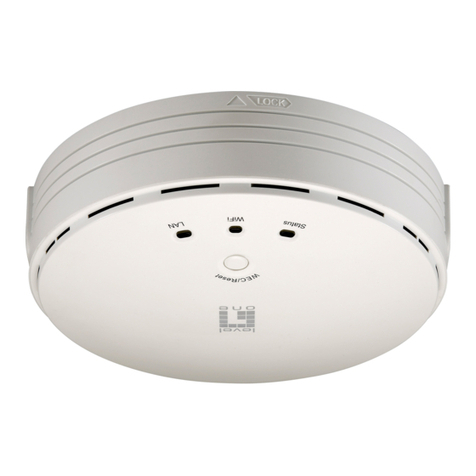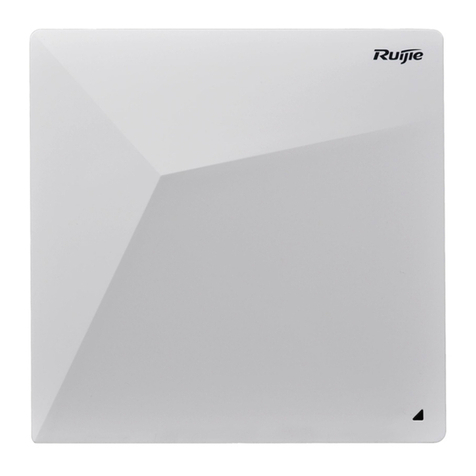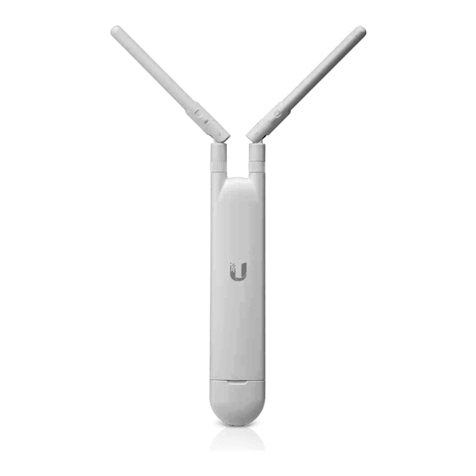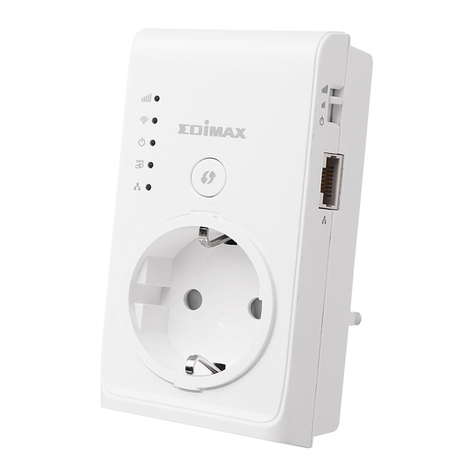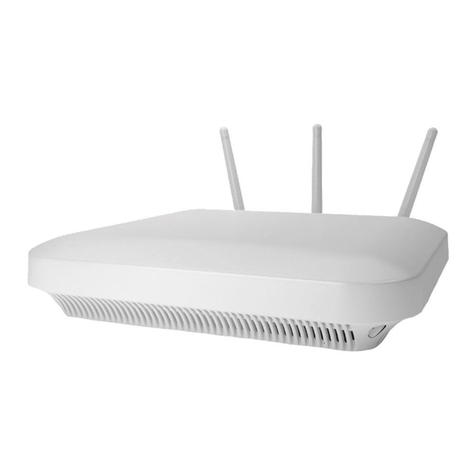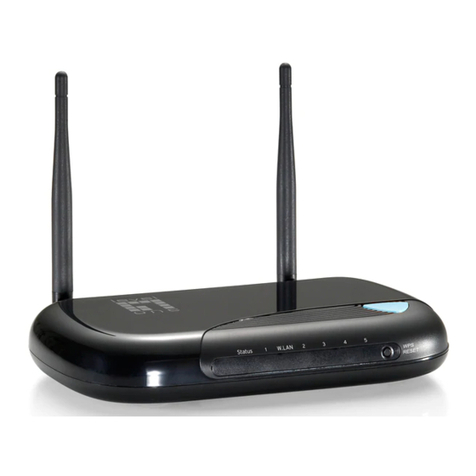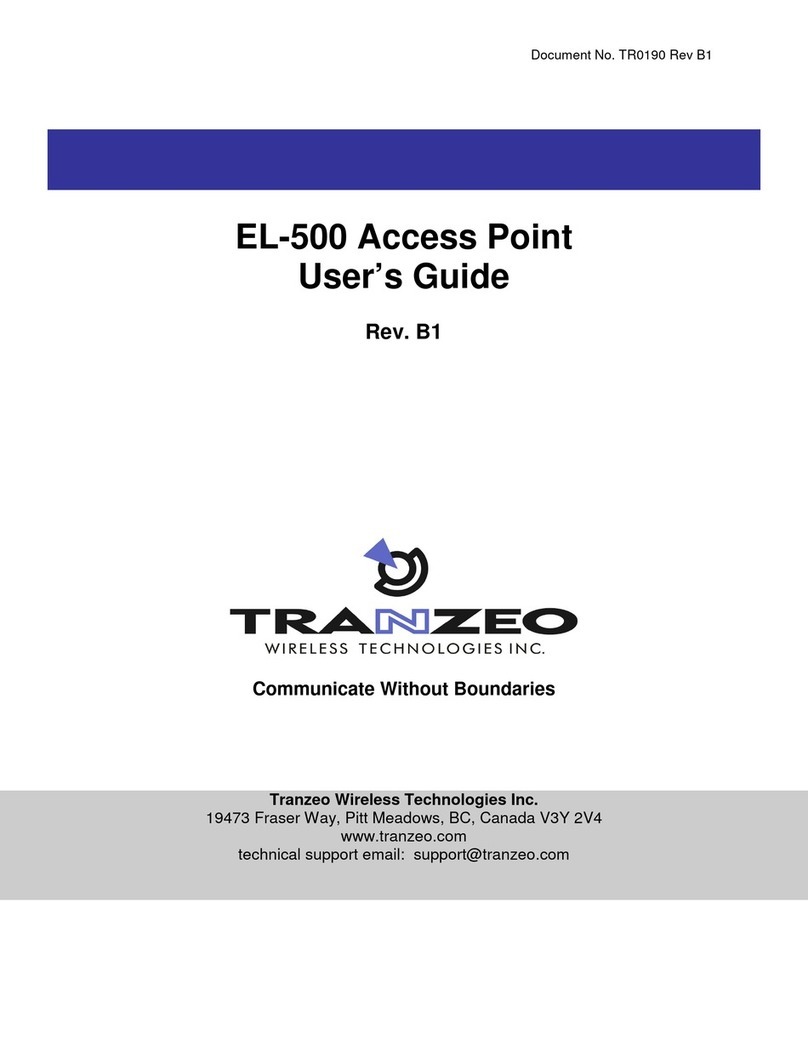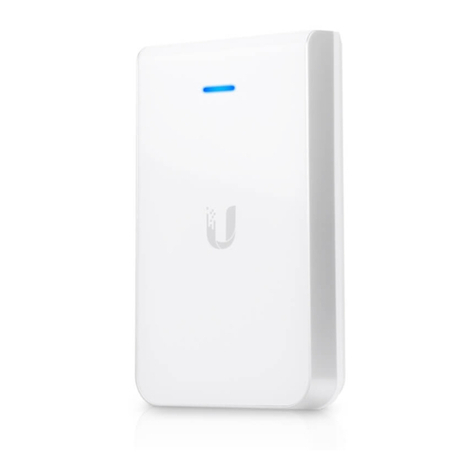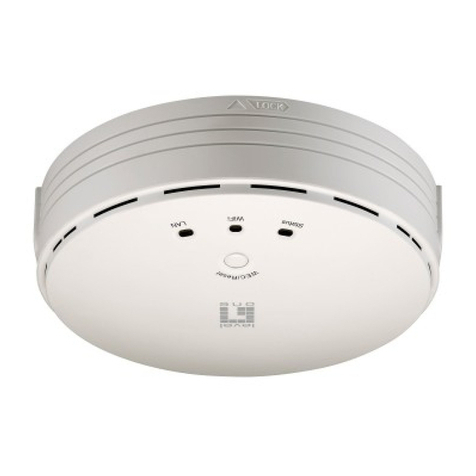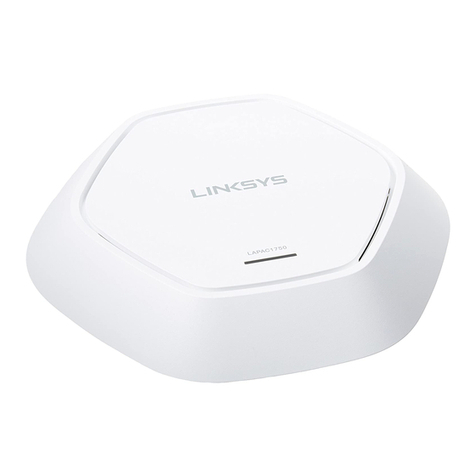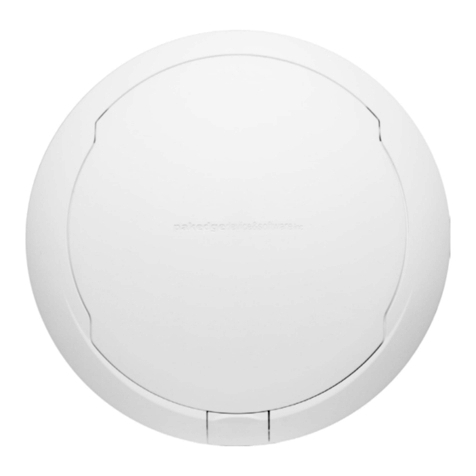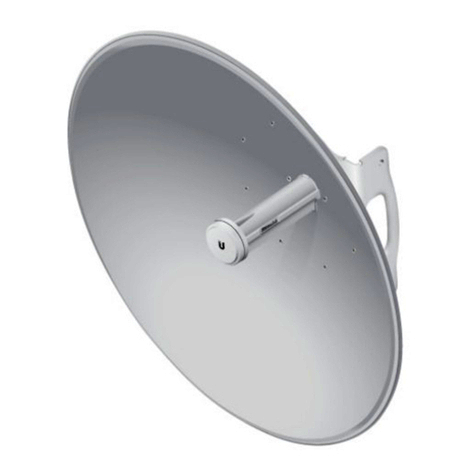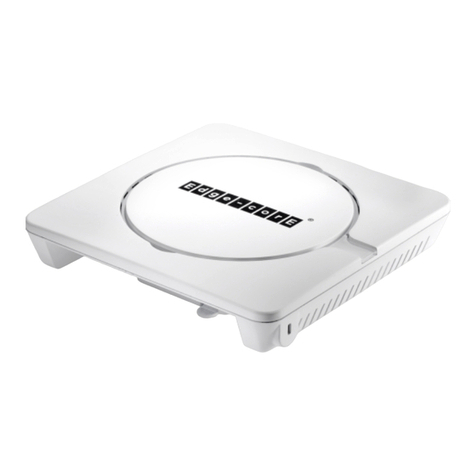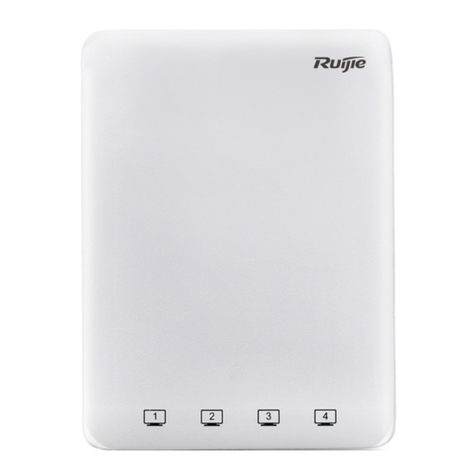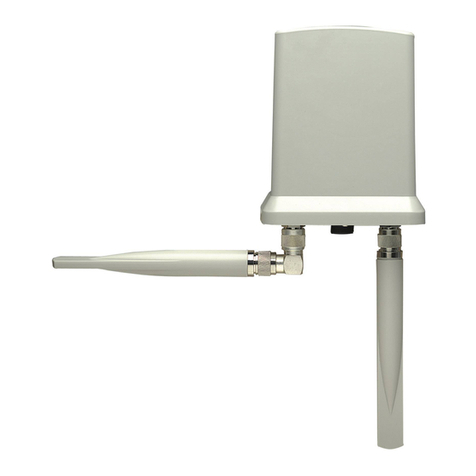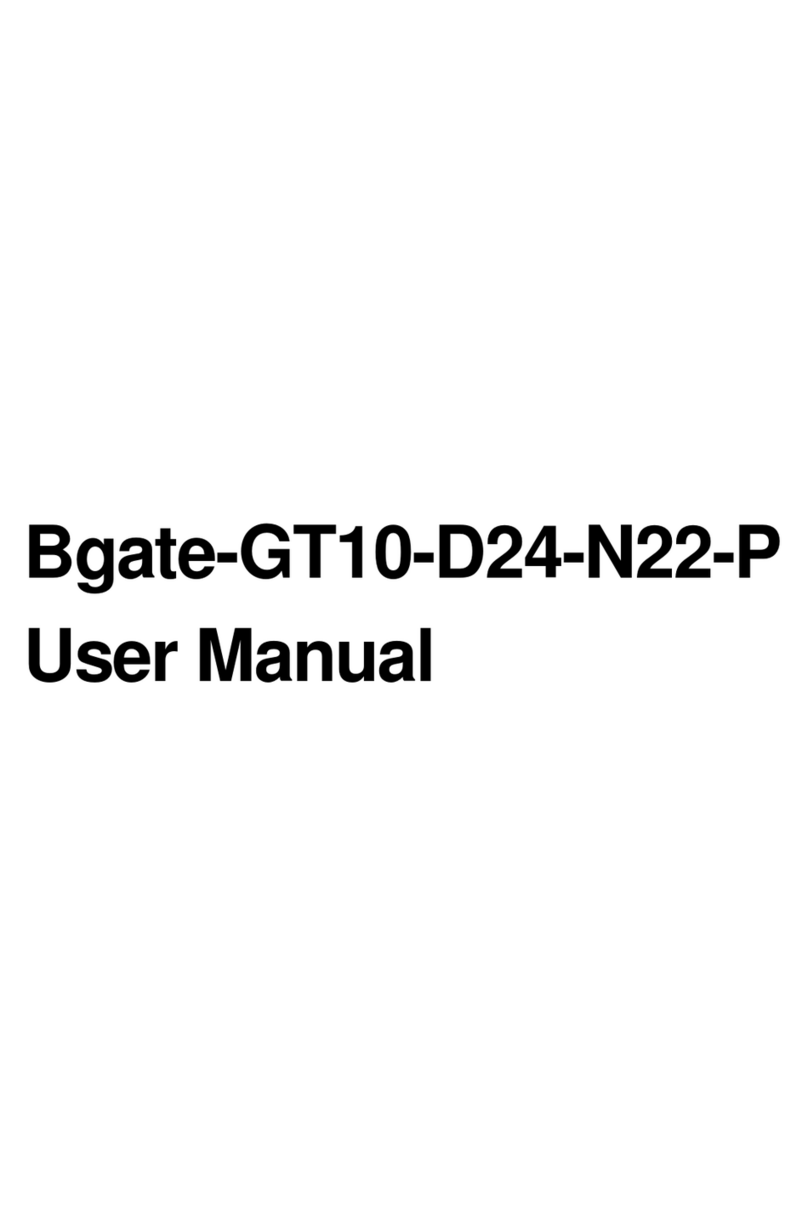
i
TABLE OF CONTENTS
CHAPTER 1 QUICK START GUIDE ...................................................................................1
Package Contents ..............................................................................................................1
Physical Details..................................................................................................................1
Mounting Guide.................................................................................................................3
CHAPTER 2 ACCESS POINT SETUP..................................................................................4
Overview ............................................................................................................................4
Setup using a Web Browser..............................................................................................4
Setup Wizard.....................................................................................................................6
User Accounts....................................................................................................................9
Time Screen .....................................................................................................................10
Log Settings Screen.........................................................................................................12
Management Access Screen............................................................................................14
SSL Certificate Screen....................................................................................................17
Network Setup Screen.....................................................................................................19
Advanced Screen.............................................................................................................21
Wireless Screens..............................................................................................................23
Basic Settings...................................................................................................................23
Security Settings..............................................................................................................25
Rogue AP Detection ........................................................................................................35
Scheduler..........................................................................................................................37
Scheduler Association .....................................................................................................39
Connection Control.........................................................................................................40
Rate Limit ........................................................................................................................41
QoS ...................................................................................................................................42
Workgroup Bridge..........................................................................................................44
Advanced Settings...........................................................................................................46
CHAPTER 3 OPERATION AND STATUS.........................................................................49
Operation.........................................................................................................................49
System Summary.............................................................................................................49
LAN Status.......................................................................................................................51
Wireless Status.................................................................................................................53
Wireless Clients...............................................................................................................55
Statistics ...........................................................................................................................56
Log View...........................................................................................................................57
CHAPTER 4 ACCESS POINT MANAGEMENT...............................................................58
Overview ..........................................................................................................................58
Firmware Upgrade..........................................................................................................58
Configuration...................................................................................................................60
Factory Default................................................................................................................62
Reboot...............................................................................................................................63
Ping Test...........................................................................................................................64
Packet Capture................................................................................................................65
Diagnostic Log.................................................................................................................66
APPENDIX A TROUBLESHOOTING................................................................................67
Overview ..........................................................................................................................67
General Problems............................................................................................................67
APPENDIX B ABOUT WIRELESS LANS..........................................................................69
Overview ..........................................................................................................................69
Wireless LAN Terminology............................................................................................69
